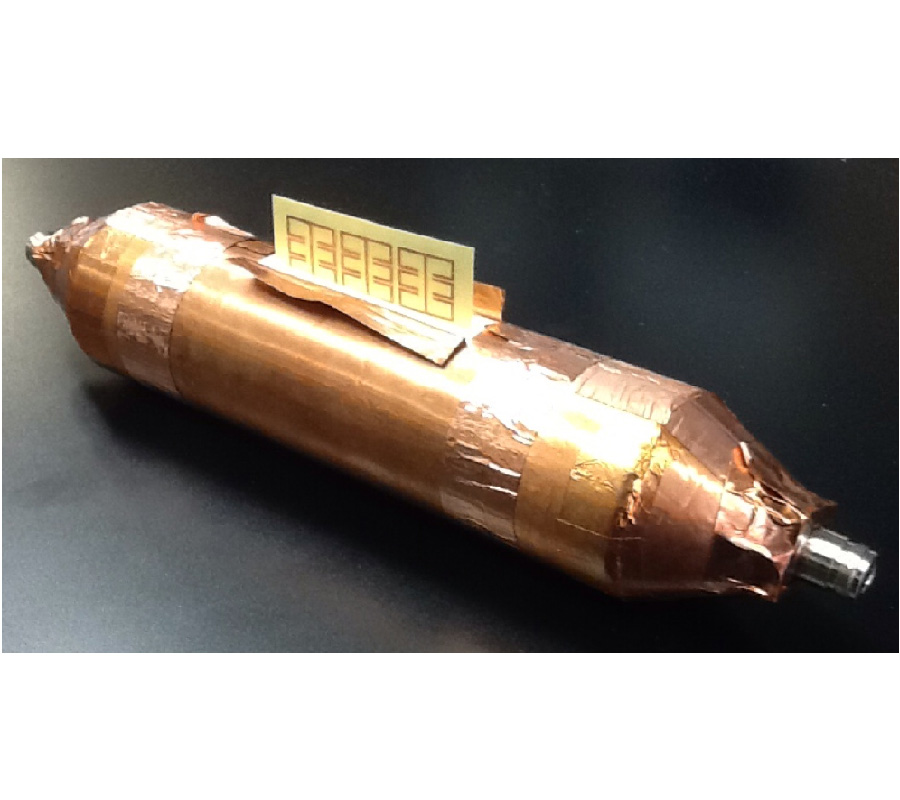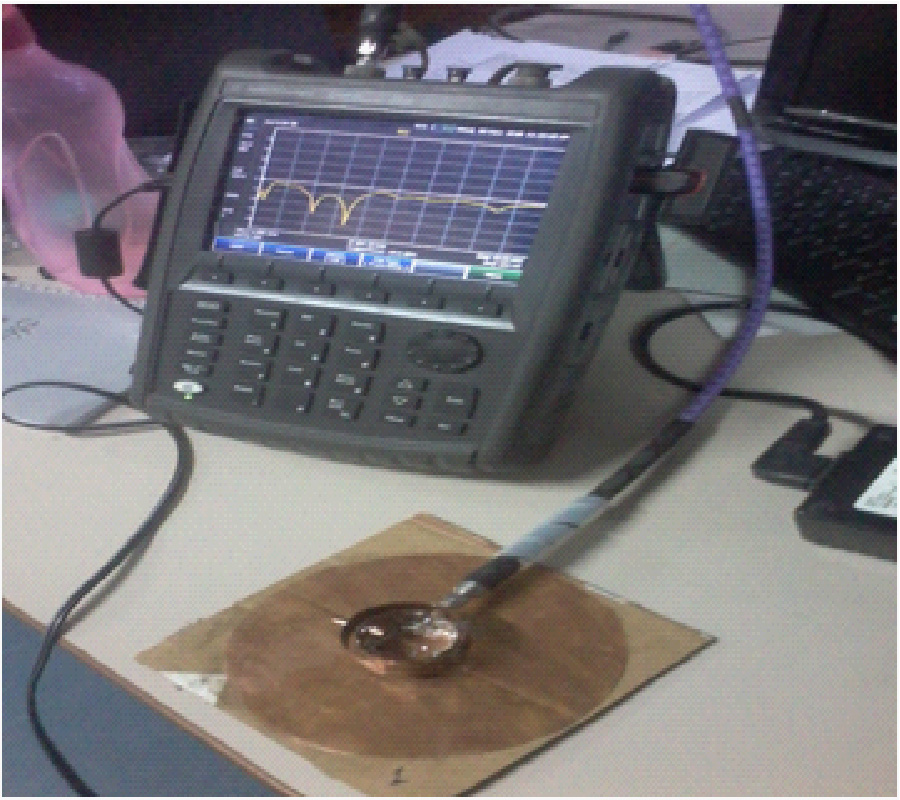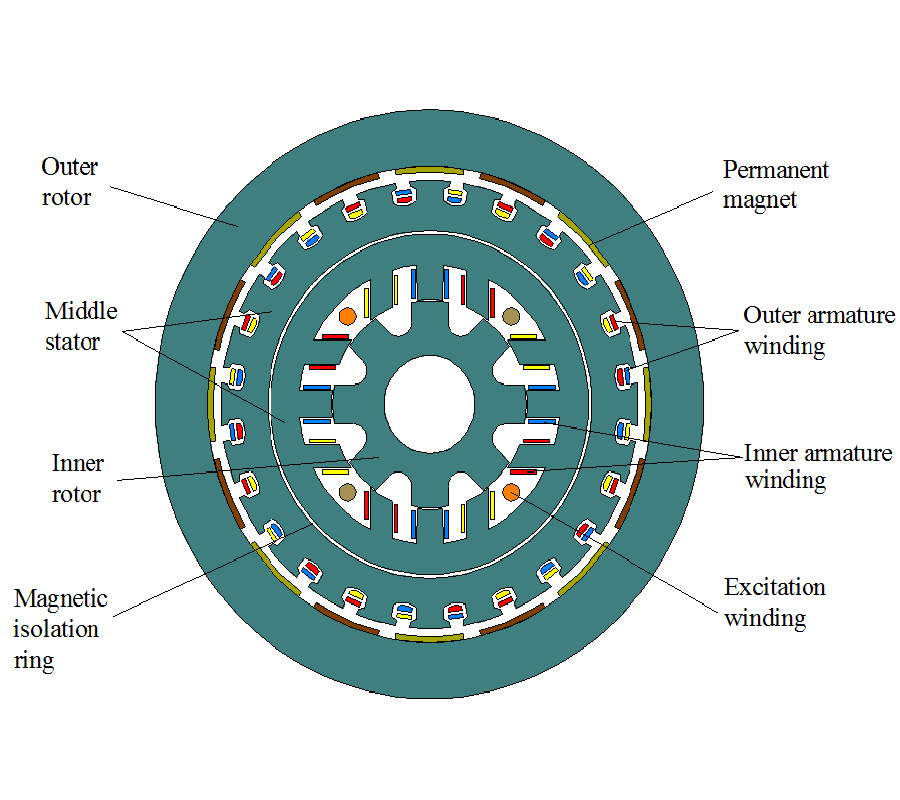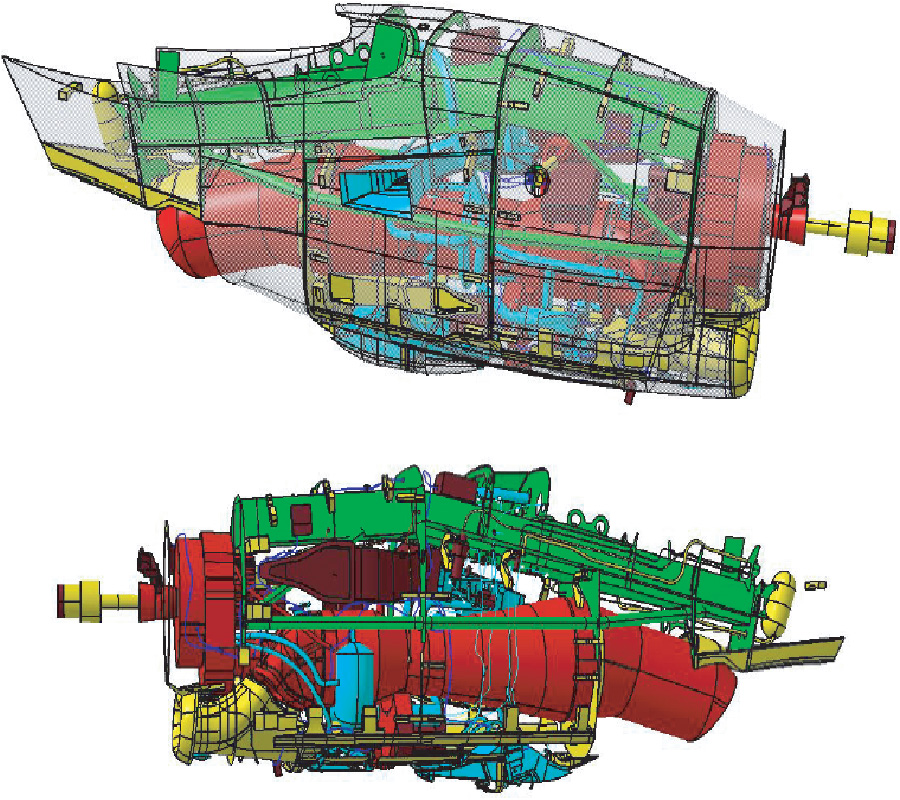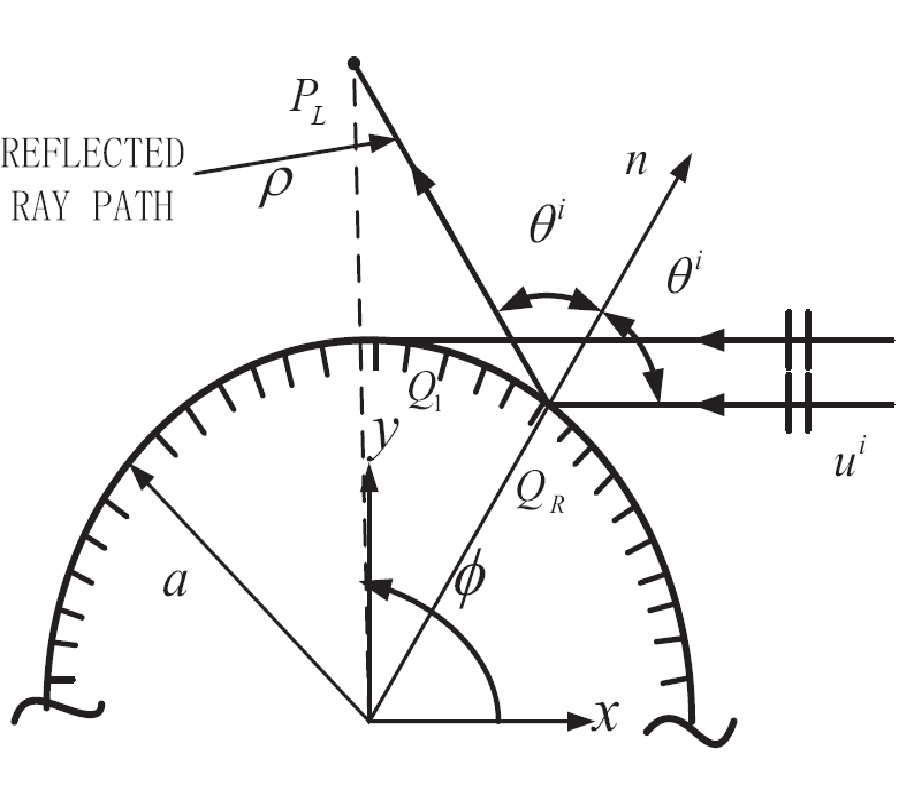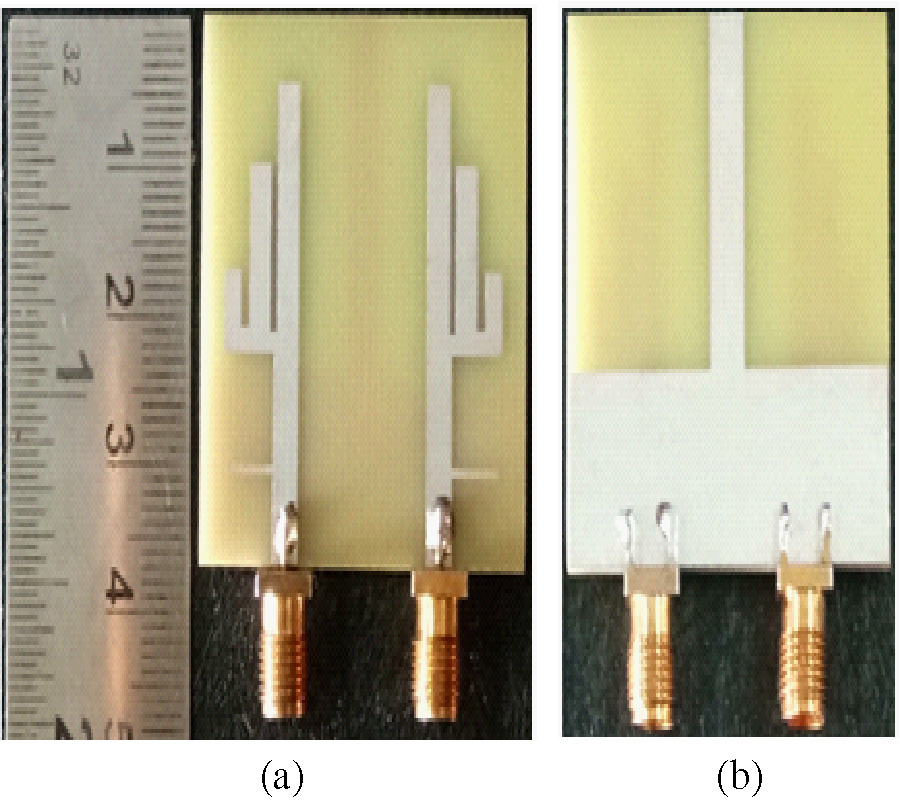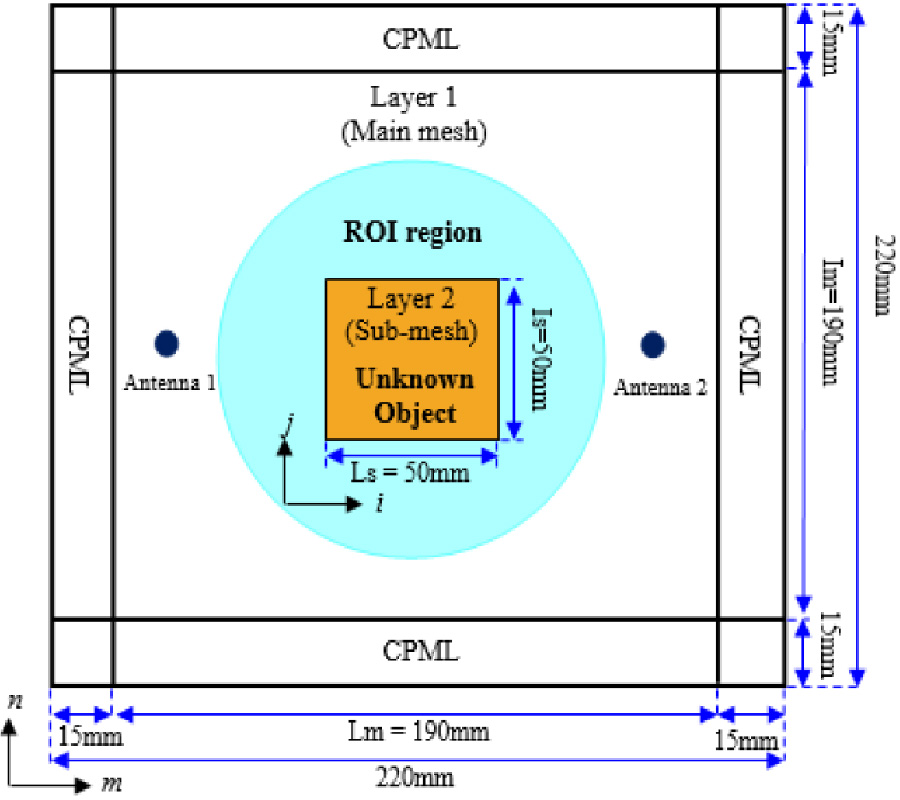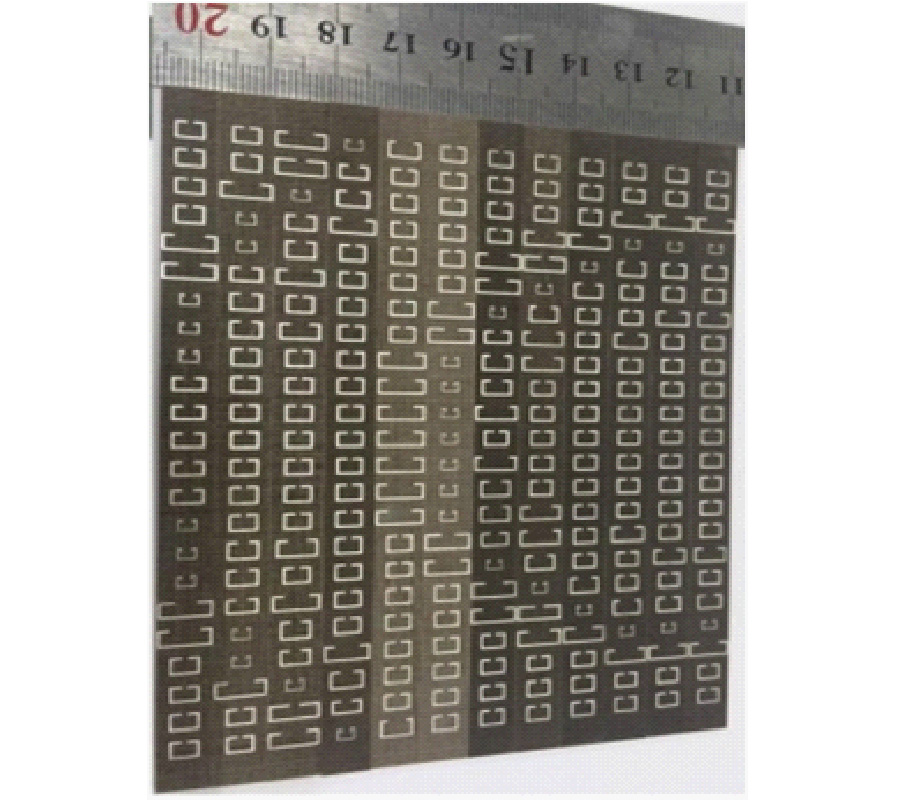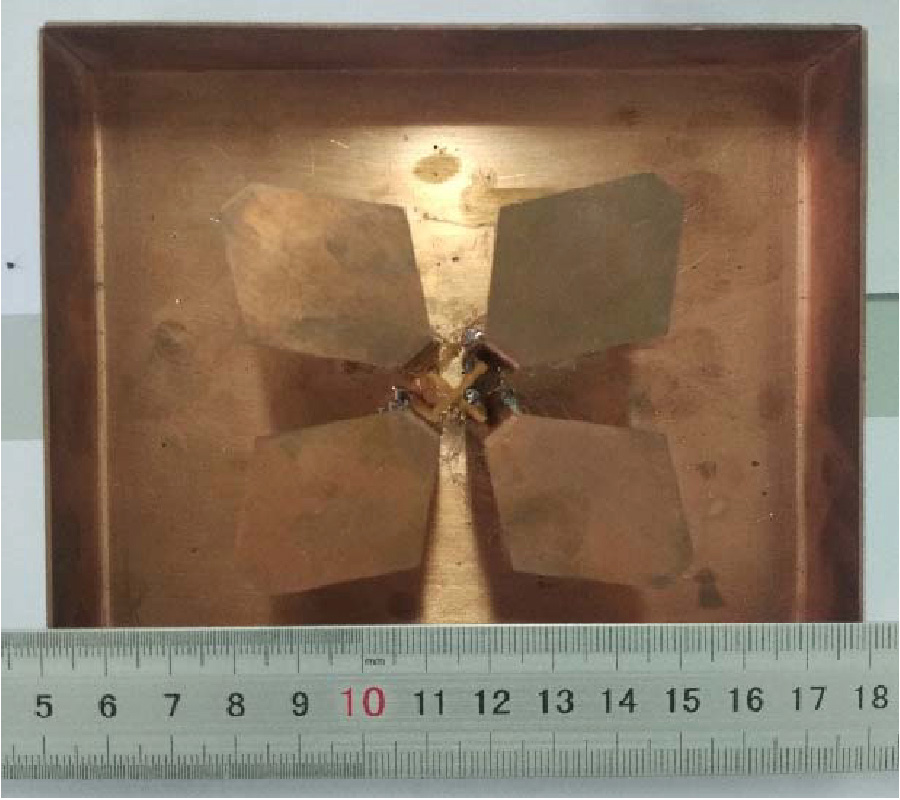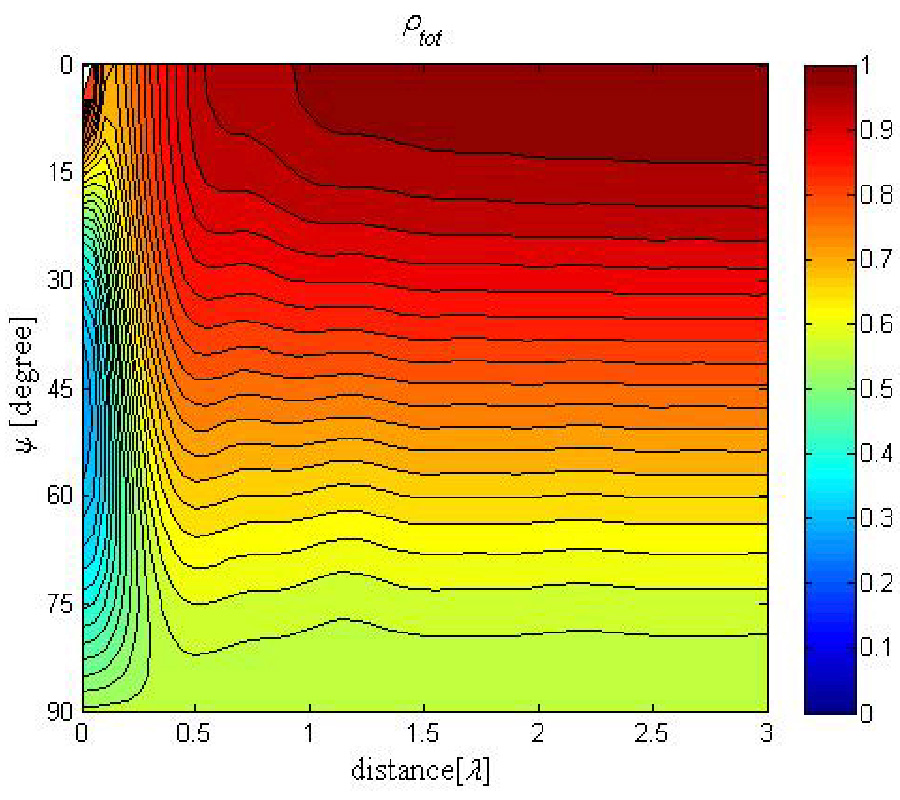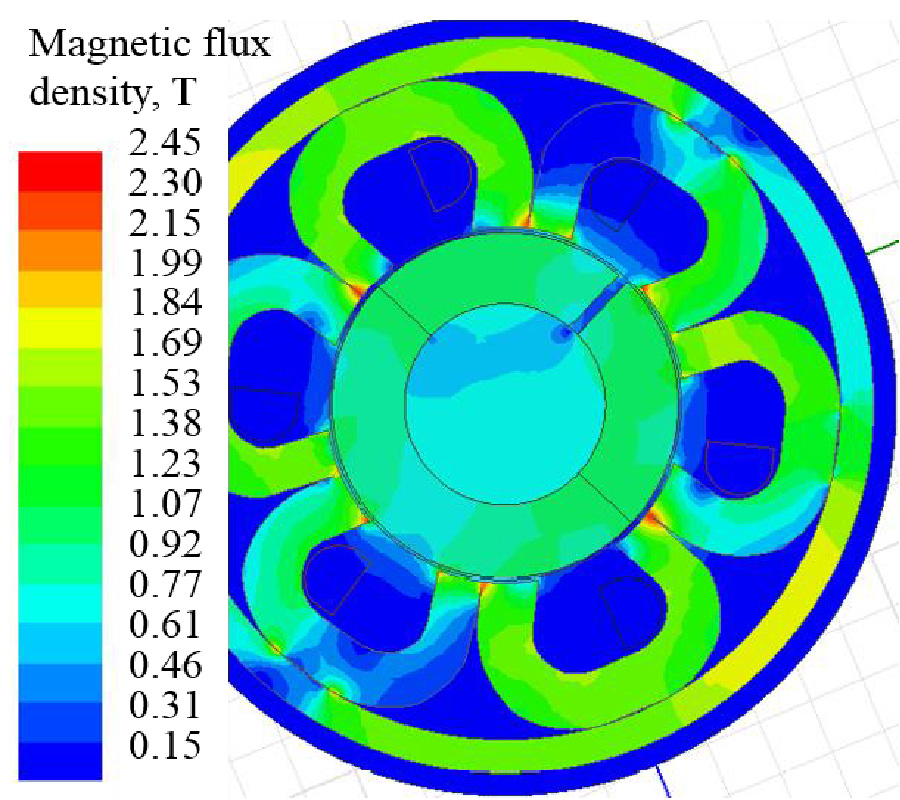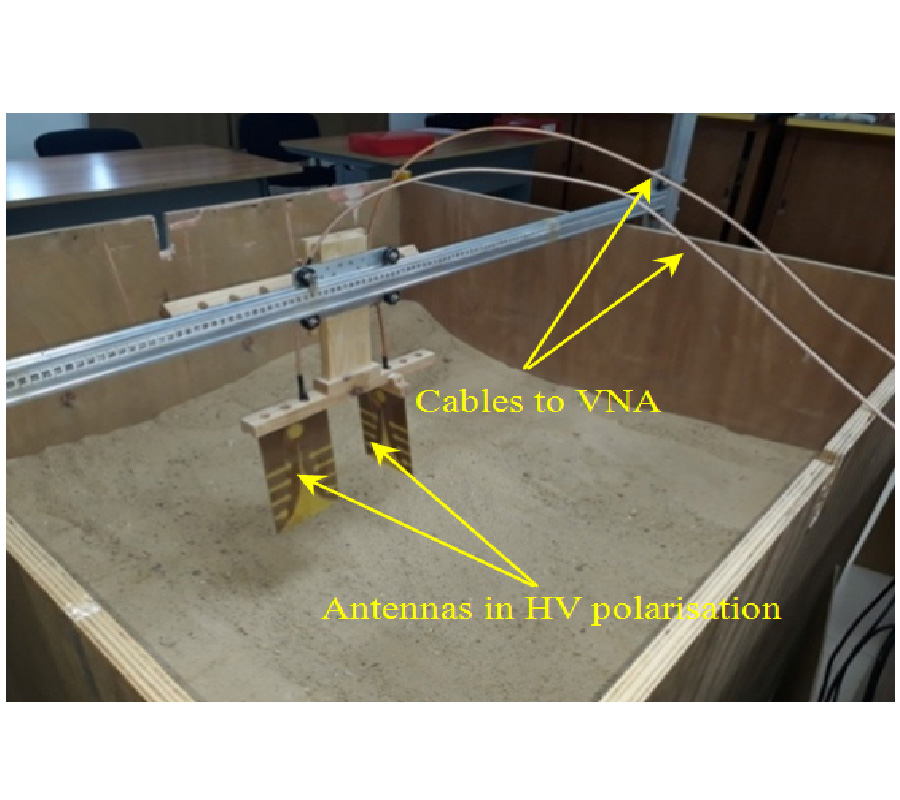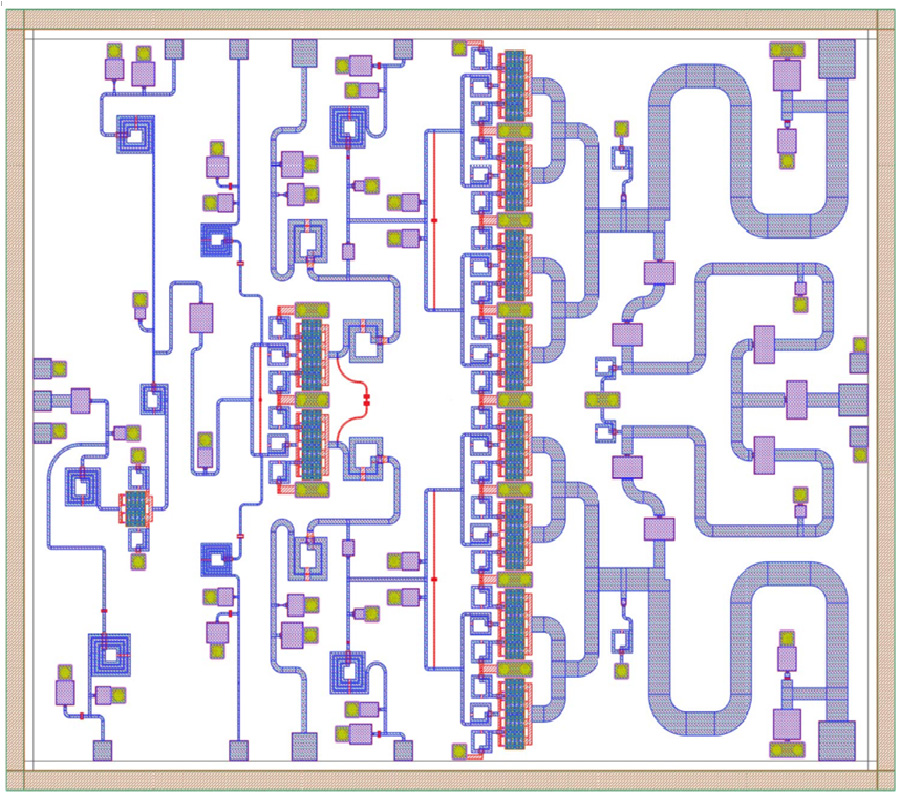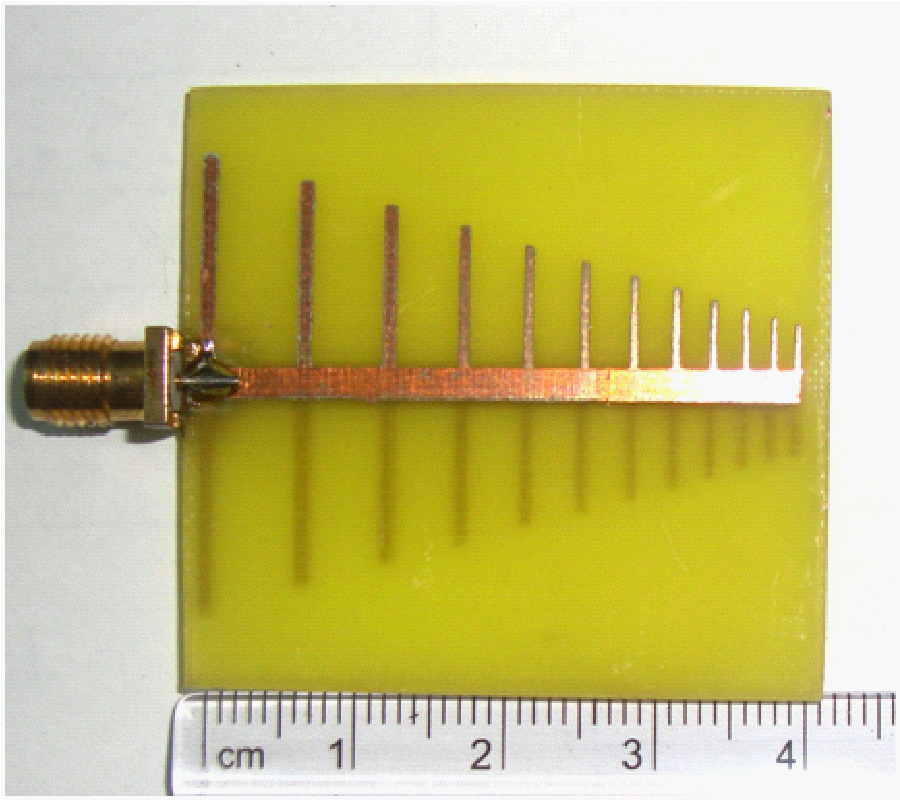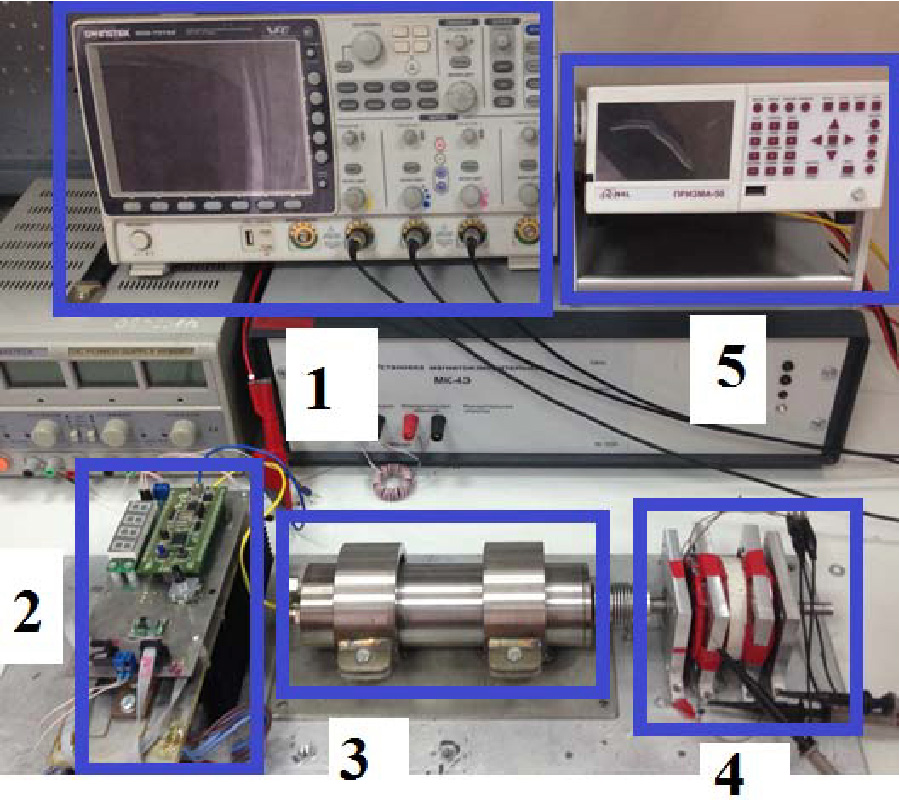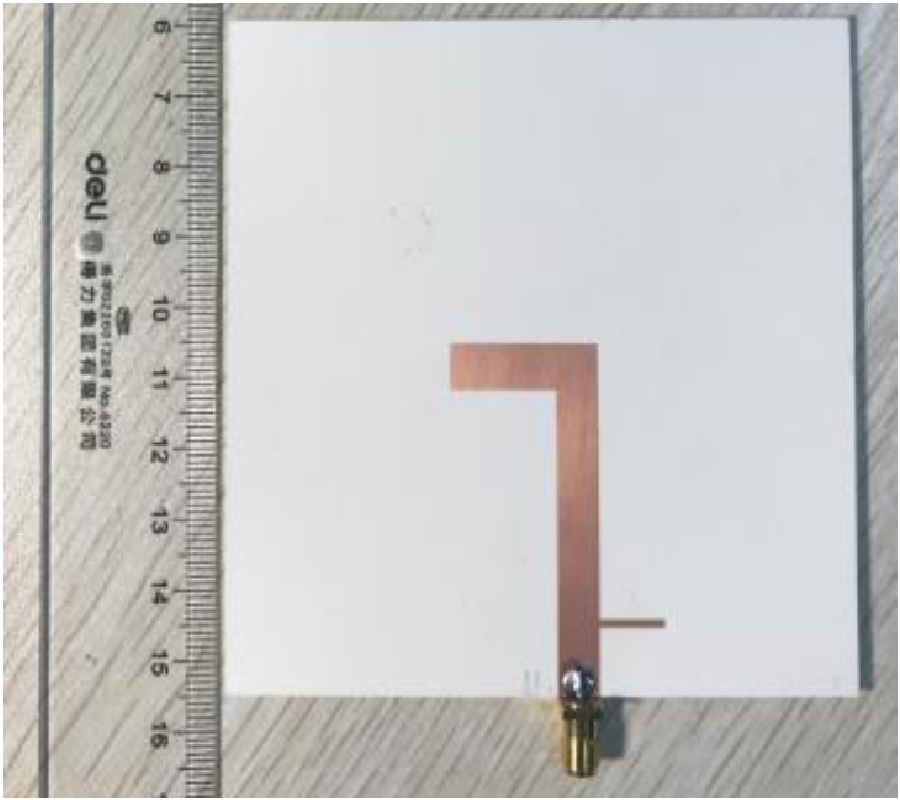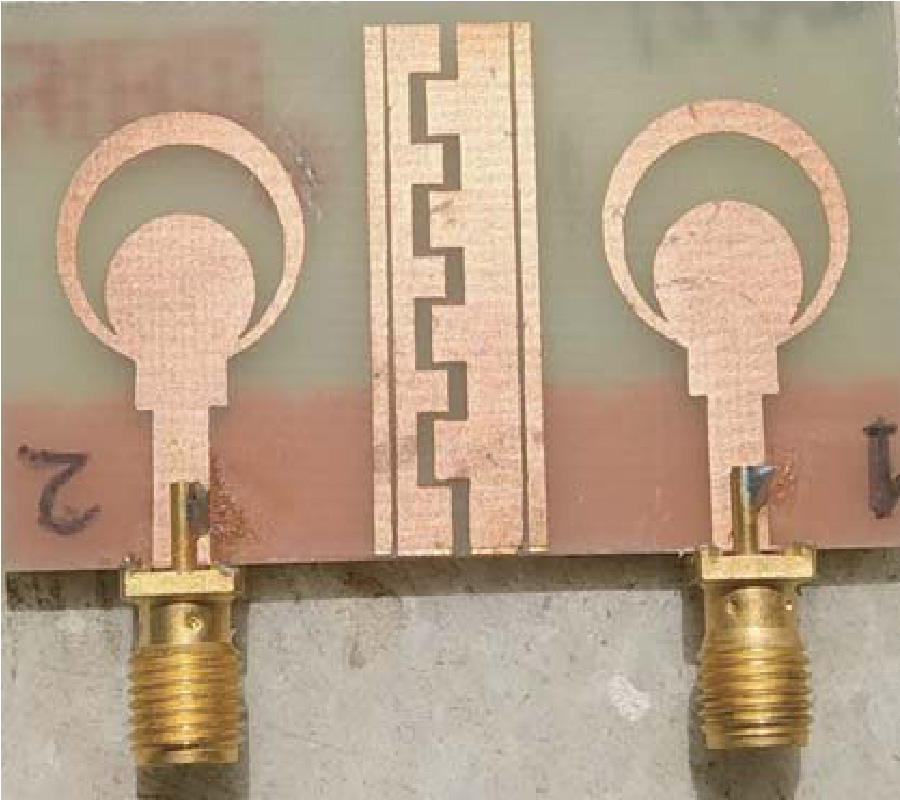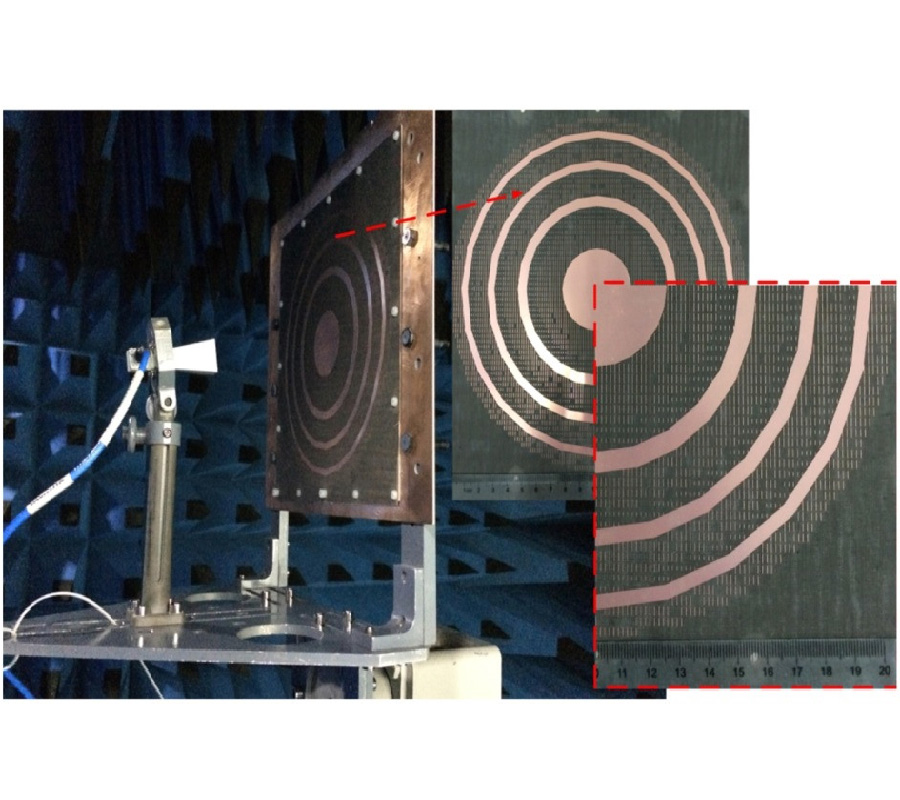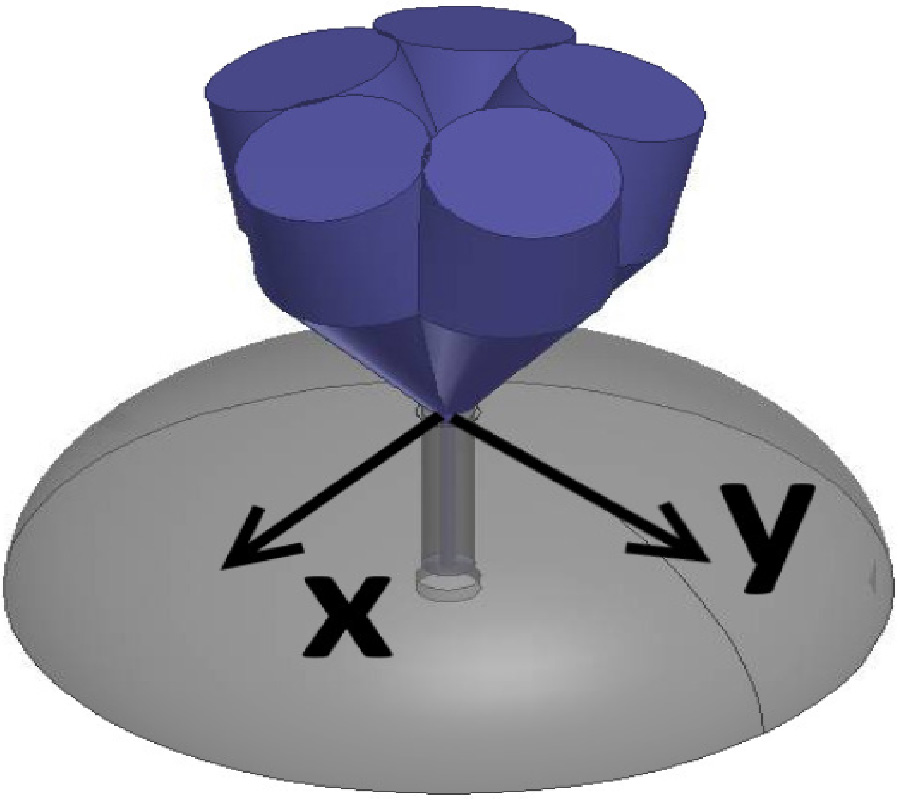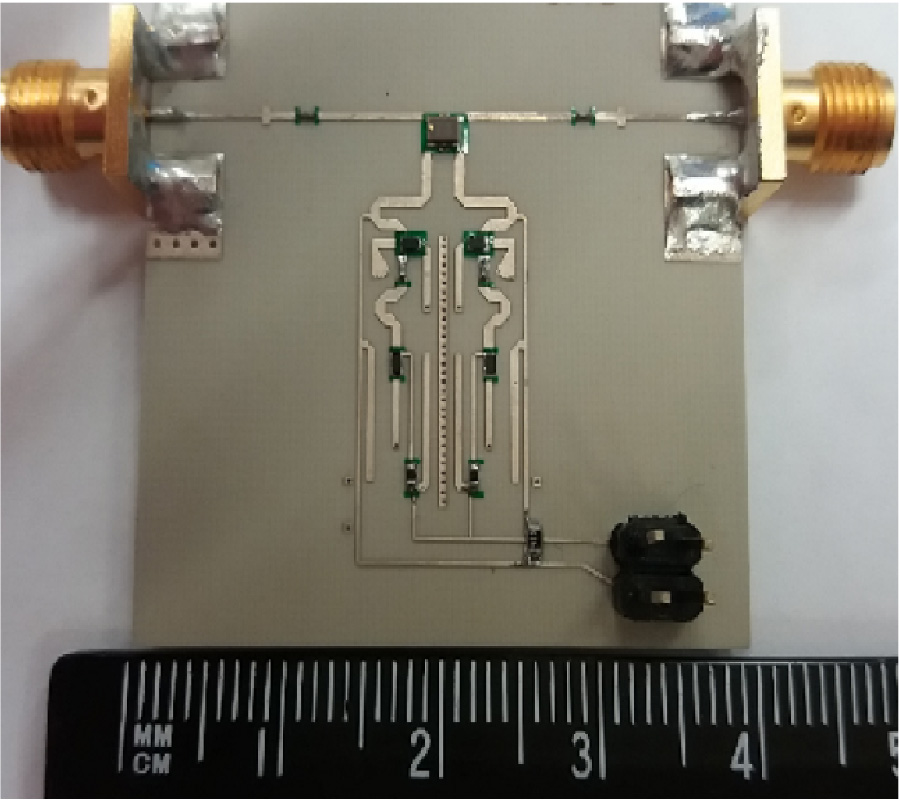Design of Triple-Band MIMO Antenna with One Band-Notched Characteristic
Amit Kumar,
Abdul Quaiyum Ansari,
Binod Kanaujia,
Jugul Kishor and
Nidhi Tewari
A microstrip-fed two-port multiple-input-multiple-output (MIMO) antenna has been designed for triple-band applications covering the entire ultra-wideband (UWB) with one band-notched characteristic. A defected ground structure (DGS) has been used to obtain a wideband resonance. A crescent ring has been etched on each of the two circular patch antennas to produce a band-notch characteristic centered at 5 GHz, ranging from 3.96 to 6.2 GHz. These introduce notches at 5.2/5.8 WLAN, 5.5 WiMAX, LMI C-Band and also reject the large capacity microwave relay trunk network, ranging from 4.40 to 4.99 GHz, such as in the Indian national satellite (INSAT) system operating between 4.5 and 4.8 GHz, thus making our MIMO antenna immune to many unlicensed bands. The proposed MIMO antenna elements have been isolated by more than 16 dB throughout the operating band using a modified inter-digital capacitor (MIDC) placed between the circular patch antennas. The MIDC also helps in achieving a center-band, ranging from 6.2 to 8.93 GHz, and is useful in IEEE INSAT/Super Extended C-band. The lower-band ranges from 3.08 to 3.96 GHz and covers 3.5 GHz WiMAX while the upper-band, ranging from 10 to 16 GHz, is useful for X-band and Ku-band applications. Finally, the MIMO antenna has been fabricated on an FR-4 substrate of dimensions 50×30×1.6 mm3 with a compact antenna area of 0.158λ02. All results along with the diversity performance have been experimentally verified.
